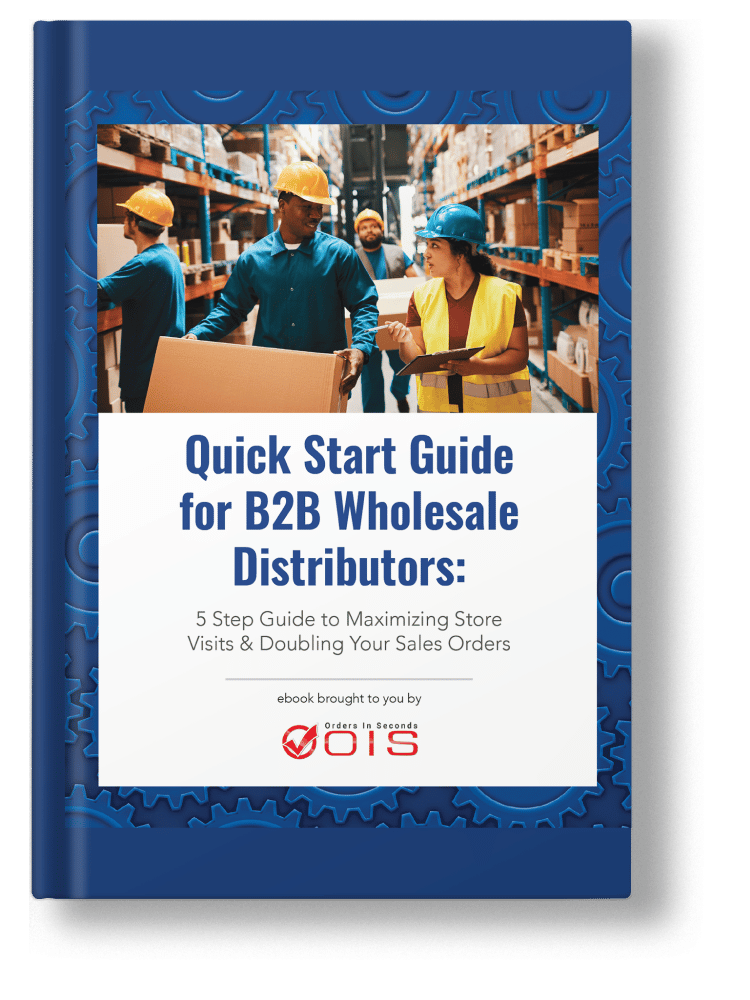The more inventory you have, the more space you’ll need to store your products. More warehouses are required if your inventory is larger, and lot numbers are required if you have more than one warehouse. One of the most popular methods for managing and tracking inventory is the use of lot tracking. In this article, you will learn how lot tracking works, why it is important in inventory management, and how to implement a lot tracking system using industry best practices.
What is a Lot Number?
A lot number is an identification number assigned to a particular quantity or lot of material, from a single manufacturer, which has the same specification and production date.
Both lot and batch numbers are crucial components of inventory management because they make it simple to track stock and product data. They are also referred to as code numbers or lot codes.
Having lot numbers for each of your warehouses and storerooms gives you some specifics with regard to your product, where it comes from, and where it is distributed.
Lot numbers are crucial in sectors where quality control is crucial, including automotive, pharmaceutical, food and beverage, cosmetics, and more. Lot numbers make it easy to track down and recall faulty or outdated goods.
What is Lot Tracking?
Lot tracking is a system used to trace parts or materials related to a group of products back to the manufacturer or supplier. Lot tracking is also used to organize inventory by production or expiration date.
What is the Difference Between Lot Number vs. Serial Number vs. SKU?
Differentiating between lot, serial, and SKU numbers while still pursuing the common goal of product tracking can be time- and effort-consuming. Before we delve into the many facets of lot numbers, let’s examine the distinctions between these other tracking codes that share some similarities with lot numbers.
Stock Keeping Unit (SKU) is an internal identifier assigned by certain businesses to identify store inventory. This unique number is not universal and is only valid at the shop or manufacturer.
Serial numbers, on the other hand, are unique identification numbers assigned to individual items that help improve inventory traceability. They are very helpful for product registration with manufacturers and tracking customer warranties.
Lot numbers combined with serial numbers provide better traceability. Unlike the other two, lot numbers have added location and time elements.
Why are Lot Numbers Crucial in Inventory Management?
Inventory management is already complex enough. Why add yet another metric to be concerned about? What advantages do business owners receive from lot numbers?
Utilizing a cloud-based inventory management system allows you to manage and control both your inventory and various warehouses, which can be advantageous when using lot numbers for lot control. Inventory management is one of the most crucial aspects of your business because it guarantees you always have the proper stock levels. Now, let’s look at some of the main benefits of implementing and tracking lot numbers.
Quality assurance
Lot numbers aid in the identification of defective items during quality assurance testing of products from various batches. Additionally, they offer details on the manufacturer, creation date, and ingredients of the product. This is done in order to guarantee the raw materials’ quality standards.
Simplified recalls
Let’s say that you run a small eCommerce business that sells vitamin C. You purchase the raw ingredients from suppliers and process them internally using your secret recipe. Everything is going well until your orange supplier informs you that the most recent shipment was a component of a spoiled batch.
The issue is that since then, you’ve already processed and sent a number of cases of vitamin C to distributors. What do you do since you can’t remember off the top of your head which cases contained the spoiled oranges?
If you use lot numbers, your orange supplier can send you the processing date of the problematic batch. And, if your warehouse management software has been keeping track of your lot numbers, you can run a report to see which products are connected to that date and, consequently, contain the spoiled material.
After that, you might need to make a few difficult phone calls to your distributors, but you’ve already spared your whole business from a bad reputation, sick customers, and potential legal issues.
Product differentiation
Lot numbers are essential for product differentiation if your company deals with goods that differ slightly in terms of color, feel, size, or other attributes. They assist you in keeping track of similar but slightly dissimilar products and make sure that certain materials don’t get mixed up. A lot number provides additional differentiation so you can tell some products apart even if they are remarkably similar, allowing you to distribute the proper products to the appropriate locations.
Reduced human error
Additionally, lot tracking aids in increasing order accuracy. You can avoid mistakes like sending out an expired item by using lot tracking instead of manually keeping track of your inventory. Implementing software that enables lot tracking can also make managing moving inventory much simpler and increase the effectiveness of inventory audits and warehouse audits.
Improved FIFO and minimized waste
FIFO is the gold standard for eliminating waste and maintaining the most accurate accounting books. Lot numbers are advantageous for products like milk. Milk is frequently processed and shipped in batches organized by expiration date. These groups are given lot numbers, making it possible to track the entire supply chain from the utter to the store shelves.
The ability to use lot numbers to identify the milk jugs that are most close to expiring and sell those units first gives the supermarket another advantage in facilitating FIFO.
Regulation compliance
Small errors in the production of pharmaceuticals, the design of automotive components, or the manufacture of medical devices can mean the difference between life and death. The importance of quality assurance increases in these sectors.
This is the reason why lawmakers haven’t let business dictate safety. For all the aforementioned reasons, there are numerous laws that mandate that businesses use lot numbers, particularly in the pharmaceutical and food and beverage industries.
To make sure you are adhering to all necessary tracking laws, you should speak with a lawyer if you are selling products in or near these industries.
Improved supply chain visibility
You probably use a lot of raw materials if you sell products that require a lot of production, assembly, and kitting. These materials don’t always come from the same supplier.
The end-to-end visibility of the entire inventory cycle, from raw materials to end-user sales, is another advantage of lot numbers.
Let’s use the example of owning a cosmetics company. You observe a spike in returns for a specific makeup item. These dissatisfied customers all assert that the product is ineffective or does not perform as promised.
The lot number, when used to run a report, reveals that a significant portion of the returned goods originated from a single supplier.
You’ve had problems in the past with this particular vendor, and you now have evidence to support your suspicion. You can then take action to eliminate or alleviate the problematic sources, which will reduce returns and boost customer satisfaction.
How to Track Lot Inventory
After you’ve decided if tracking lot numbers is important for you, it’s time to get into the specifics of how to use them. Manual processes can generate and track lot numbers, but it will be a significant challenge. Invest in an inventory management system that automates many of these manual tasks if you want your lot tracking to be efficient and not a time-sucking black hole.
Having said that, tracking lot inventory is comparatively simple once a solid infrastructure has been put in place. This is how it goes:
Choose your batching standards
Will you arrange your goods according to when they were made? Date of processing? Location? If you’re unsure, simply do some research on competing companies in your industry.
Make labels and barcodes with associated lot numbers
Once the lot numbers have been established, we must find a way to physically connect them to the products so that warehouse workers can scan them. Barcodes and labels play a role in this. Great inventory management software lets you link a barcode to multiple pieces of information, including a serial number.
This reduces label clutter and ensures that all crucial metrics are linked to a single scannable code.
Scan your lot numbers at the time of product receipt and distribution
As soon as the item enters the warehouse, it needs to be labeled and barcoded specifically, scanned in, and then stored until it is moved or bought.
Follow batch activity using reporting by lot number
Running reports by lot number makes it easy to handle crises or supplier audits. As was already mentioned, it is only through this reporting that you can truly have end-to-end visibility into your materials and goods.
How Inventory Management Software Can Help with Lot Tracking
A warehouse management system (WMS) provides small and growing businesses with an excellent system that covers everything from order management to warehouse management across multiple channels. In essence, it gives you incredibly easy access to and control over managing your entire business from your computer or the palm of your hand.
As a business owner, you want your company to prosper and expand, and we can assure you that doing something as straightforward and essential as using lot numbers will enable you to do so. If you have any inquiries about lot numbers or how our inventory management software can help with lot tracking, please contact us.





